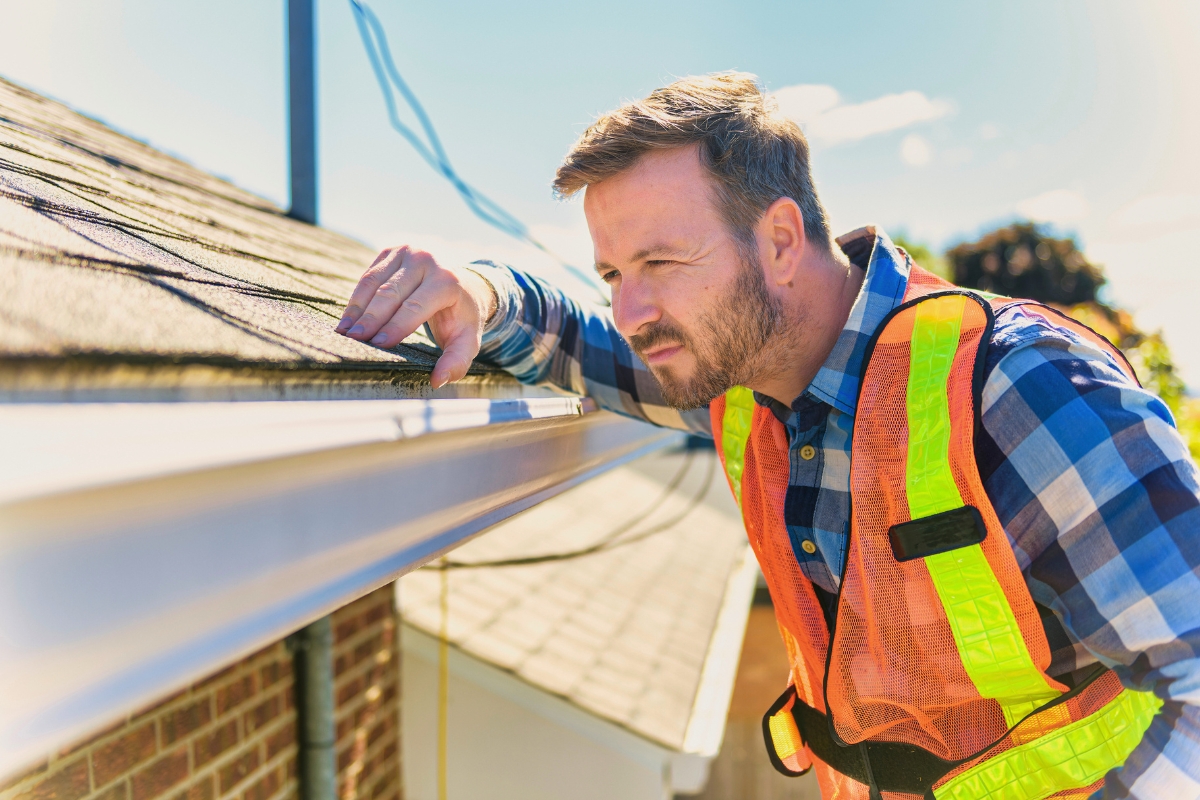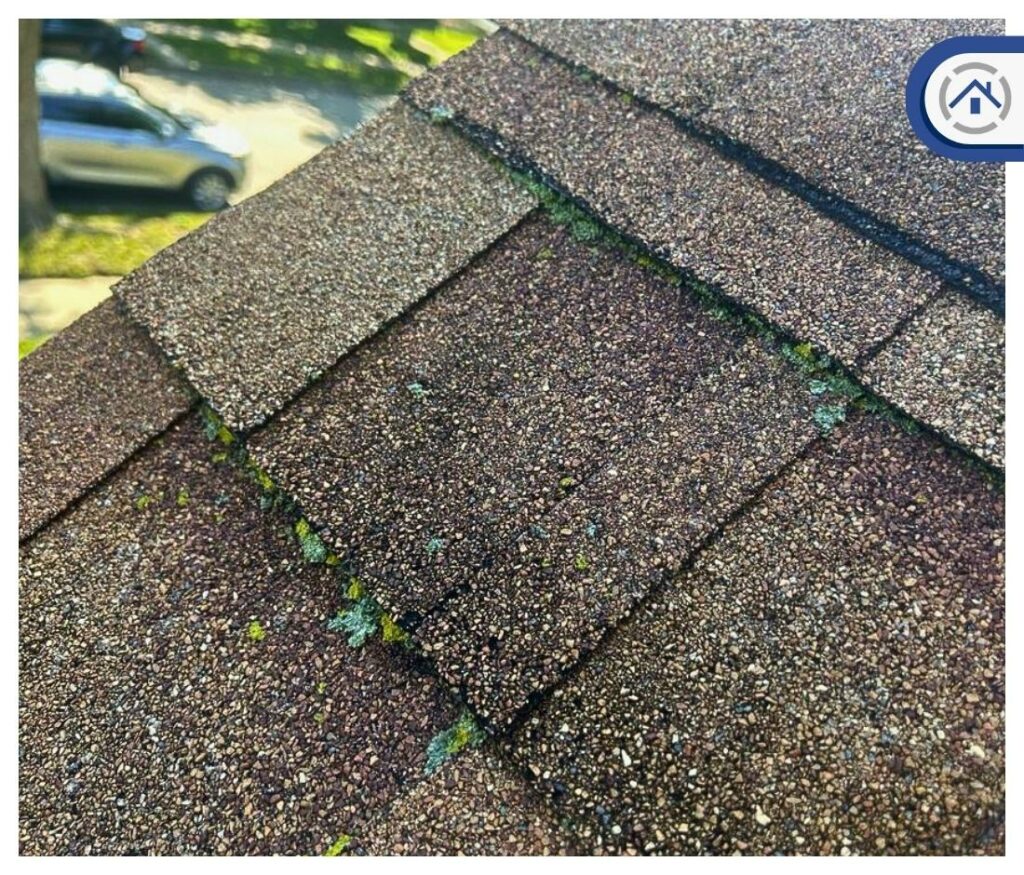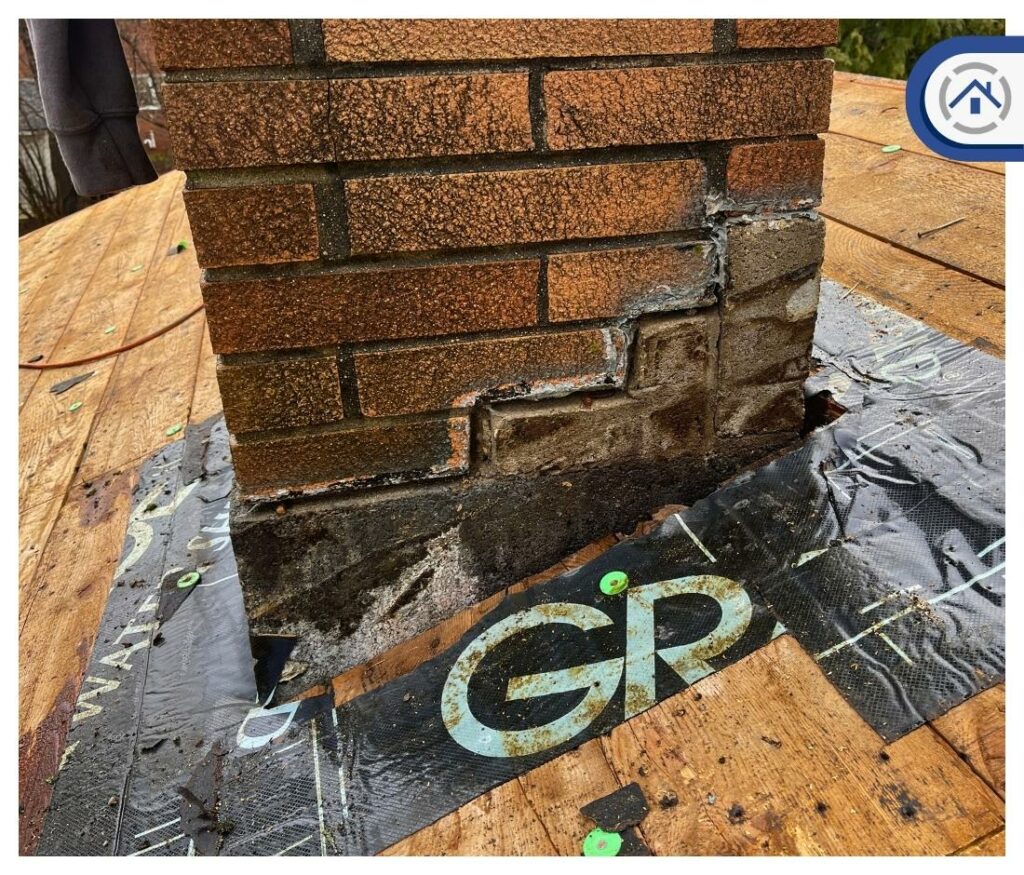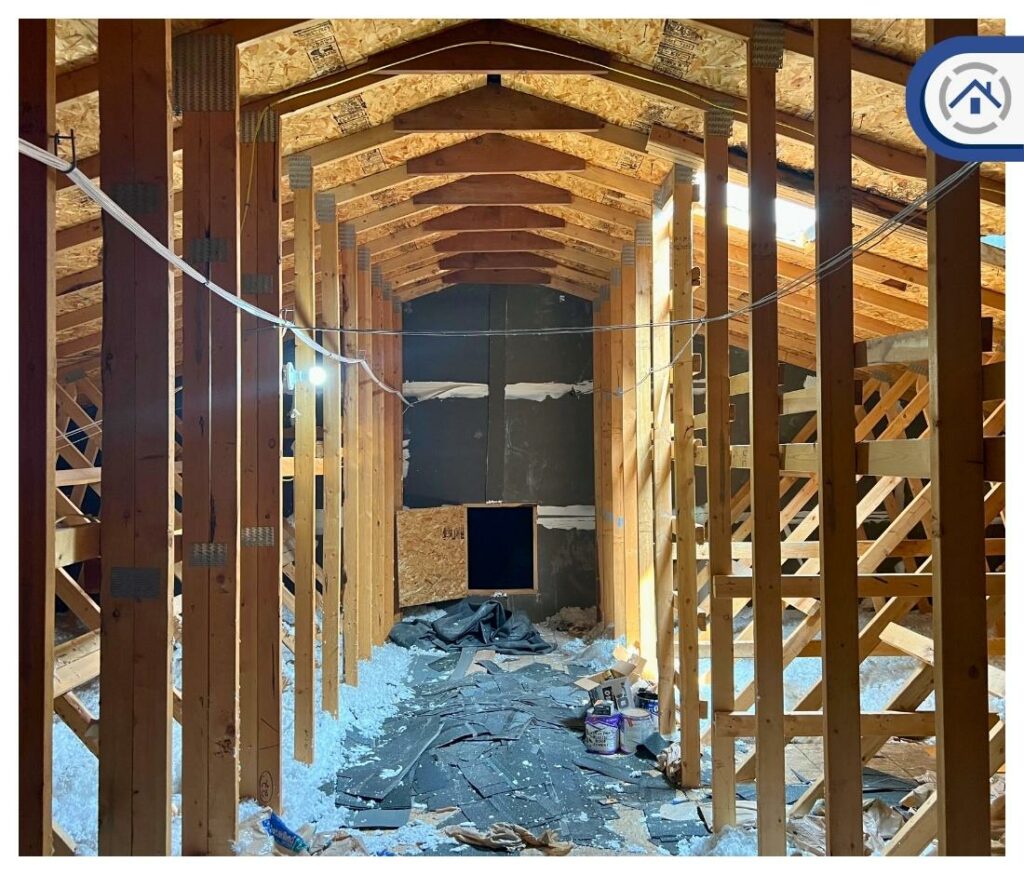
Every homeowner shares a common goal: preserving and extending the lifespan of their roof. In Wisconsin, where the weather can be as diverse as the landscape itself, safeguarding our homes against the challenges posed by heavy rain, snowfall, and strong winds becomes paramount. Ensuring that our roofs remain resilient is not only about protecting our investment but also about maintaining a secure and comfortable living environment.
Venturing on a comprehensive roof inspection involves both interior and exterior assessments, ensuring a thorough understanding of their condition and performance. From the comfort of your home's interior, scrutinizing the ceilings, attic spaces, and any visible signs of water damage or leaks sets the foundation for a meticulous evaluation.
We've compiled a comprehensive list of 10 essential steps and considerations to empower homeowners in this endeavor. Regularly checking these aspects will fortify the integrity of your roof and provide peace of mind, knowing that your home is well-prepared to weather the elements that define Wisconsin's climate.
To fully understand the state of a shingle roof, two examinations are necessary: external and internal roof inspection. This dual-pronged approach ensures that the roof inspection is holistic and provides targeted and effective maintenance strategies. Here are the critical aspects of shingle roof inspections, both inside and out, to empower homeowners with the knowledge needed to fortify the longevity and resilience of their roofing systems.
1. Check your roof for sun-induced deterioration of shingles, granular loss status, pipe boots, and other silicone products
Preserve Structural Integrity - Exposure to sunlight over time can break down the composition of roofing shingles. As they weaken, shingles become more susceptible to cracking and breaking, compromising the structural integrity of your entire roof.
Monitor Granular Loss - Sunlight exposure can cause the granules on shingles to wear away, impacting their ability to protect against UV rays and harsh weather conditions. Regular checks for granular loss help identify areas that may need attention, allowing for timely replacements and extending your roof's lifespan.
Inspect Pipe Boots and Silicone Products - Components like pipe boots and other silicone products can deteriorate when exposed to the sun. If left unaddressed, this deterioration can lead to water leaks during rainstorms. Routine inspections of these elements ensure that any signs of wear or damage are detected early, preventing potential water damage to your roof’s underlying structure.
2. Check your roof for squirrel or animal damage
Regularly checking your roof for squirrel or animal damage is essential to prevent structural issues and ensure the safety of your home. Animals, especially rodents like squirrels, can gnaw on roofing materials, compromising the integrity of the roof and creating potential entry points for pests. Prompt identification of signs such as chewed shingles or disrupted insulation allows for timely repairs, preventing further damage and maintaining the efficiency of your home.
Additionally, early detection helps mitigate fire hazards associated with animals damaging electrical components. By incorporating routine roof inspections, homeowners can proactively address animal-related issues, preserving the longevity of their roofs, enhancing safety, and avoiding more extensive and costly repairs.
3. Check your roof for moss growth
As part of the annual roof inspection, regularly checking your roof for moss growth is essential for both aesthetic and structural reasons. If left unchecked, Moss can retain moisture, leading to water damage and the rotting of roofing materials. This compromises the durability of your roof and poses potential risks for leaks and structural issues. Routine inspections and timely removal of moss contribute to preventing long-term water-related damage.
Moreover, addressing moss growth helps maintain the visual appeal of your roof. A moss-covered roof not only looks unkempt but can also negatively impact the overall curb appeal of your home.

4. Check if branches or leaves are accumulating in any areas of your roof
Regularly inspecting your roof for the accumulation of branches or leaves is crucial for maintaining its health and functionality. Fallen branches and leaves can impede proper water drainage, potentially leading to water pooling on the roof. This standing water increases the risk of leaks. By consistently checking and promptly clearing any debris, homeowners can ensure unobstructed water flow, reducing the likelihood of water-related damage.
Additionally, the removal of branches and leaves helps prevent unnecessary weight on the roof, minimizing the risk of structural issues and ensuring the roof remains within safe load limits.
5. Check the brickwork for your chimney for any sign of deterioration or grout Issues
Regularly checking your chimney's brickwork for signs of deterioration or grout issues is essential for both safety and structural integrity. Over time, exposure to the elements can cause bricks to degrade, leading to potential safety hazards. Monitoring for any signs of crumbling or deterioration allows for timely repairs, preventing further damage and ensuring the stability of the chimney.
Additionally, inspecting the grout between bricks is crucial, as deteriorating grout can allow water penetration, leading to leaks and compromising the structural soundness of the chimney.

6. Check your attic insulation
Examining your attic insulation for moisture is a critical step in maintaining a healthy and efficient home. If the insulation is wet or shows signs of condensation, it signifies potential issues. Wet insulation can lead to mold growth, compromising indoor air quality and posing health risks.
Additionally, damp insulation loses its effectiveness, reducing energy efficiency and potentially causing higher utility bills. Condensation in the attic may result from inadequate ventilation or insulation gaps, highlighting the need for prompt intervention. Regularly checking and addressing wet or condensing insulation helps preserve your indoor air quality, ensures optimal energy efficiency, and prevents potential structural damage to your roof in the long run.
7. Check your attic venting; is air flowing?
Verifying the airflow in your attic venting is crucial for maintaining a well-ventilated and healthy home. Adequate attic ventilation plays a pivotal role in regulating temperature, preventing moisture buildup, and extending the lifespan of your roof. Ensuring that air is flowing correctly in the attic helps dissipate excess heat, reducing the risk of structural damage and promoting energy efficiency.
If airflow is restricted, it can lead to problems such as moisture accumulation, mold growth, and decreased insulation effectiveness. Regularly checking and confirming proper attic ventilation ensures optimal conditions, contributing to the overall well-being of your home and preventing potential issues related to temperature and moisture control.
8. Check the air temperature in your attic
Monitoring the air temperature in your attic is essential for various reasons. Extreme temperatures in the attic can impact the overall health of your home. Excessive heat can lead to the degradation of roofing materials, reducing their lifespan and potentially causing structural issues. On the other hand, extremely low temperatures can contribute to issues like condensation and moisture buildup, which may lead to mold growth and compromise the insulation's effectiveness.
Proper temperature control in the attic preserves the integrity of the roofing system and contributes to energy efficiency and a comfortable living environment throughout the home.
9. Check for water stains on your attic’s wood beams or in the insulation
Examining your attic for water stains on wood beams or insulation is critical in identifying potential roof leaks or moisture issues. Water stains indicate past or current water intrusion, which can lead to structural damage and compromise the effectiveness of insulation. Addressing these stains promptly is crucial to prevent further damage, mold growth, and potential health hazards. Regular checks help homeowners detect leaks early, enabling timely repairs to the roof or addressing issues with flashing or seals.
10. Check for animal waste in your attic
Inspecting your attic for signs of animal urine or feces is essential for maintaining a clean and safe living environment. Animal waste in the attic can lead to health hazards, unpleasant odors, and structural damage. It may also attract other pests. Identifying and promptly addressing the presence of animal waste is crucial to prevent contamination, mold growth, and potential health risks associated with exposure to animal droppings. Regular checks help homeowners take swift action to remove any animal waste, sanitize the affected areas, and implement measures to prevent further infestations.

Safeguarding your home against the ever-changing weather conditions in Wisconsin demands a proactive approach to roof inspection and maintenance. Every homeowner's aspiration to preserve and extend the lifespan of their roof aligns seamlessly with the state's diverse climate, where heavy rain, snowfall, and strong winds are common challenges. This comprehensive guide has outlined crucial steps for thorough roof inspections, covering aspects from external checks to internal evaluations. By incorporating these annual inspections into your home maintenance routine, you fortify the integrity of your roof and ensure a secure, comfortable living environment for years to come.
While this guide equips homeowners with valuable insights on conducting their own roof inspections, the importance of consulting experts should not be understated. Seeking professional assistance adds an extra layer of assurance, ensuring that no nuanced issue goes unnoticed and that preventative measures are implemented with precision. By embracing both the knowledge shared in this guide and the expertise of professionals, homeowners in Wisconsin can effectively fortify their roofs against the elements, preserving the integrity of their homes for years to come.